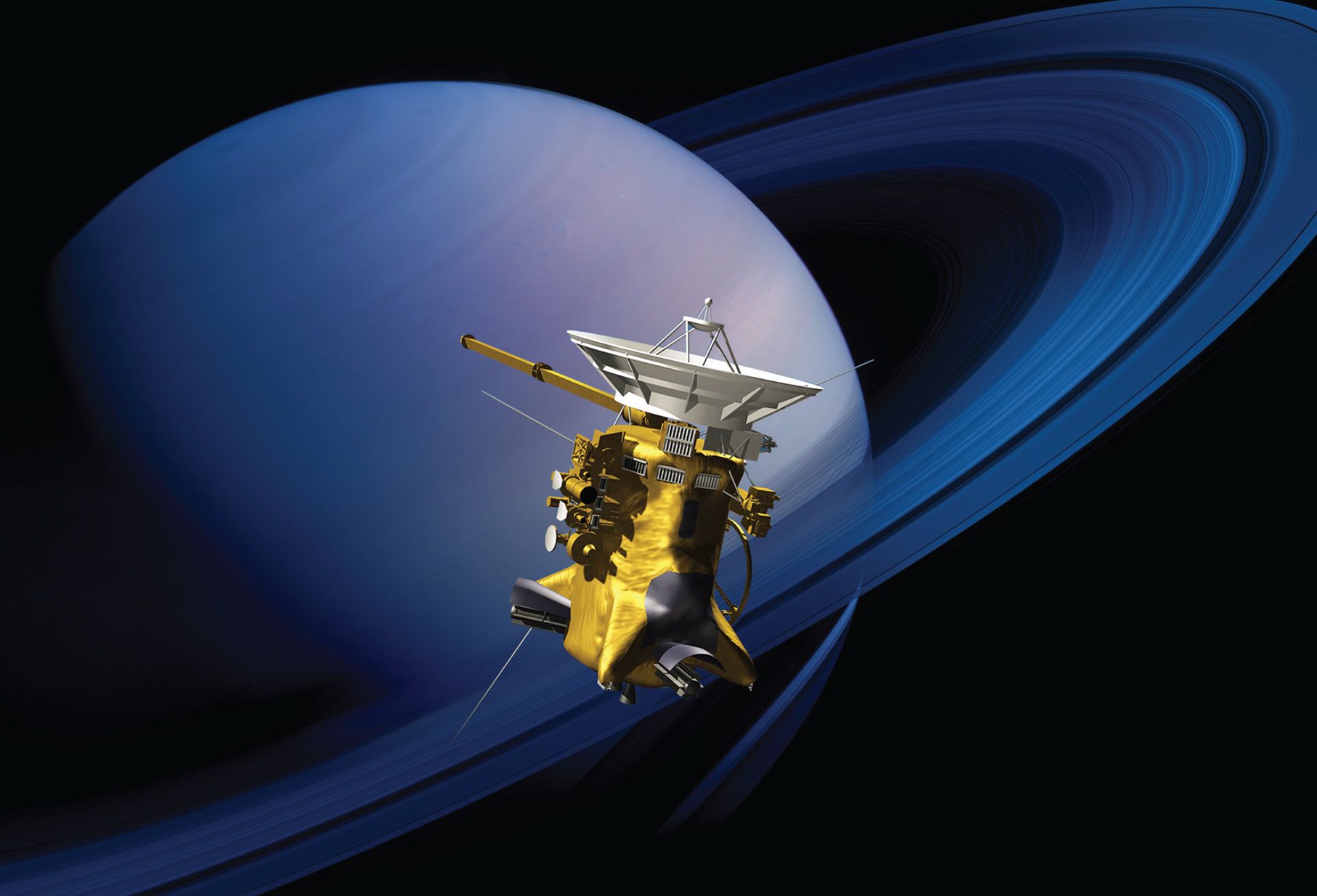NASA's Cassini Mission Uncovers Massive Hydrocarbon Sea on Titan

Discovery of a Hydrocarbon Sea
A recent study utilizing radar experiment data from NASA's Cassini-Huygens mission to Saturn has unveiled fresh insights into the composition and behavior of the liquid hydrocarbon seas.
Insights from the Cassini Mission
- The Cassini spacecraft provided vital data about Titan's surface.
- Research reveals substantial information on the nature of hydrocarbon seas.
- This discovery contributes to our understanding of the moons of Saturn.
Significance of the Findings
The detection of a massive hydrocarbon sea on Titan represents a significant breakthrough in planetary science. The implications of this finding extend beyond Titan, influencing our understanding of the potential for life on other celestial bodies.
This article was prepared using information from open sources in accordance with the principles of Ethical Policy. The editorial team is not responsible for absolute accuracy, as it relies on data from the sources referenced.